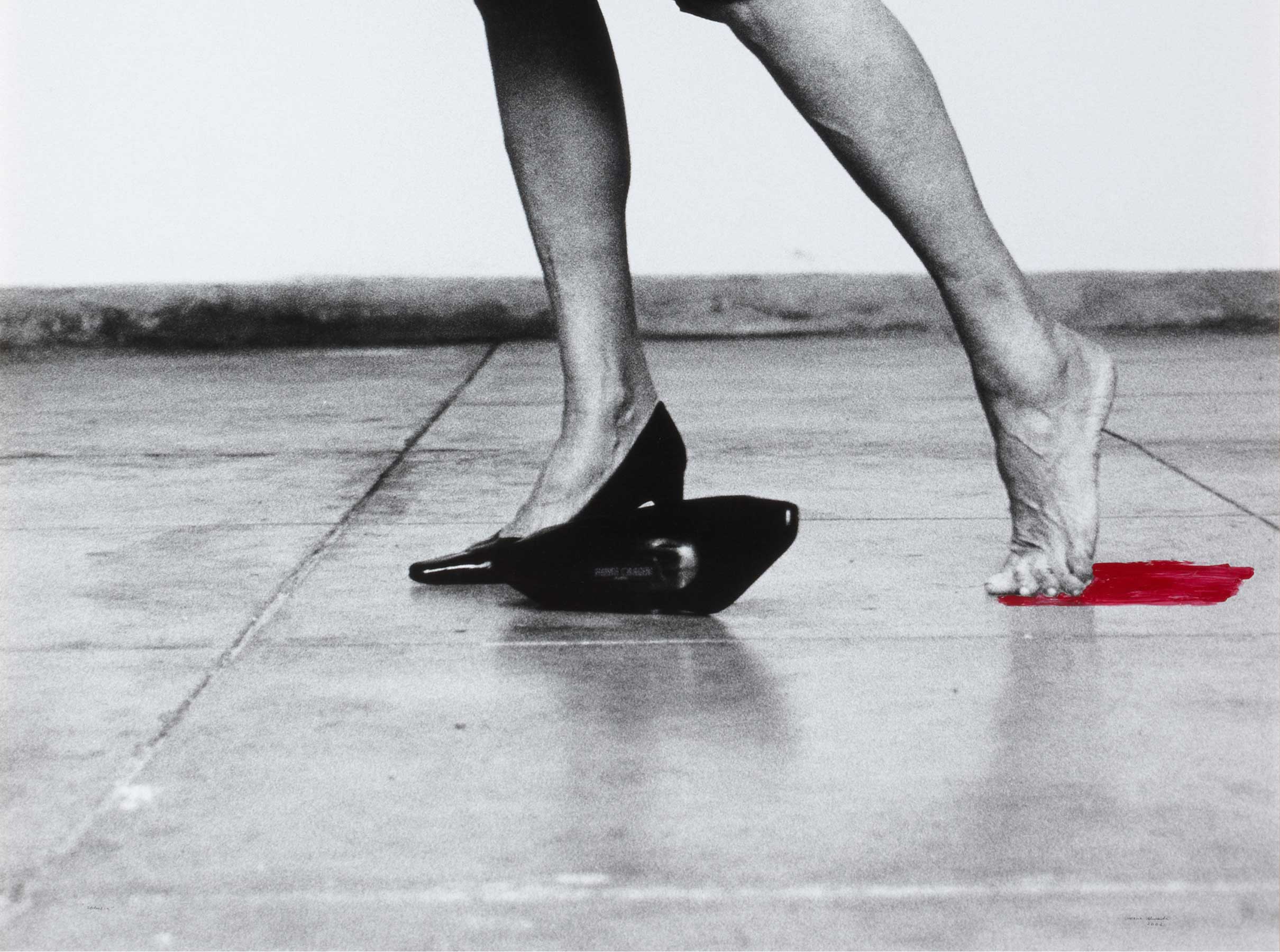Príncipe del sueño [Dream prince]
- 1987
- Painted bronze
- 23 x 20 x 19 cm
- Cat. E_124
- Acquired in 2000
Juan José Aquerreta has been described as a deeply solitary man, an artist obsessed by the uncertainties of everyday life, by a desire for perfectionism and silence. He is a master of lightness, and seeks to break with theories and definitions just like the characters in Dancing from fear (1938) by Paul Klee, a painting with close parallels to his works. That break can be clearly seen in his landscapes, portraits, abstracts and sculptures. His obsessively meticulous work hints at an archaic classicism marked by order, control and restraint, but his inspiration is drawn from chaos and from a dizzying space that often places him before an image of himself.
Perhaps this is why he has always liked producing portraits. The sculpture Dream prince (1987) is a case in point: the white-painted bronze head stands neutral and cold, with little detail. Without renouncing specific features, he turns this portrait into all possible portraits, including one of himself. Indeed, he resorts to self-portraits in many of his works from this period, depicting himself with blurred faces that are astonishing for the intensity in their opaque gaze. He has stated that in portraits he can find eternity, on a plane in which the turmoil of everyday events fades away.
Other works by Juan José Aquerreta

![Príncipe del sueño [Dream prince]](/f/webca/INF/assets/img/fff.png)